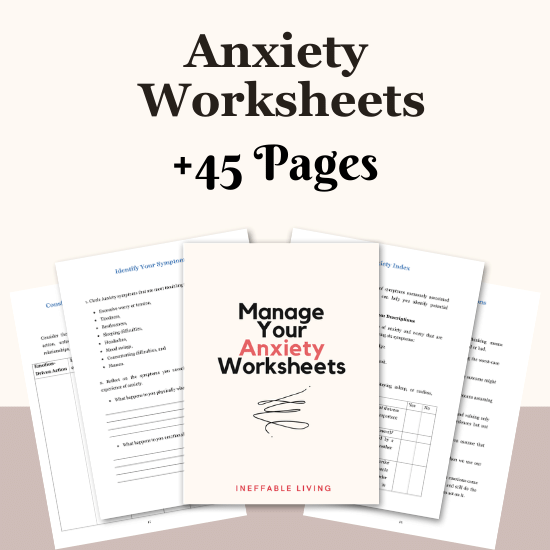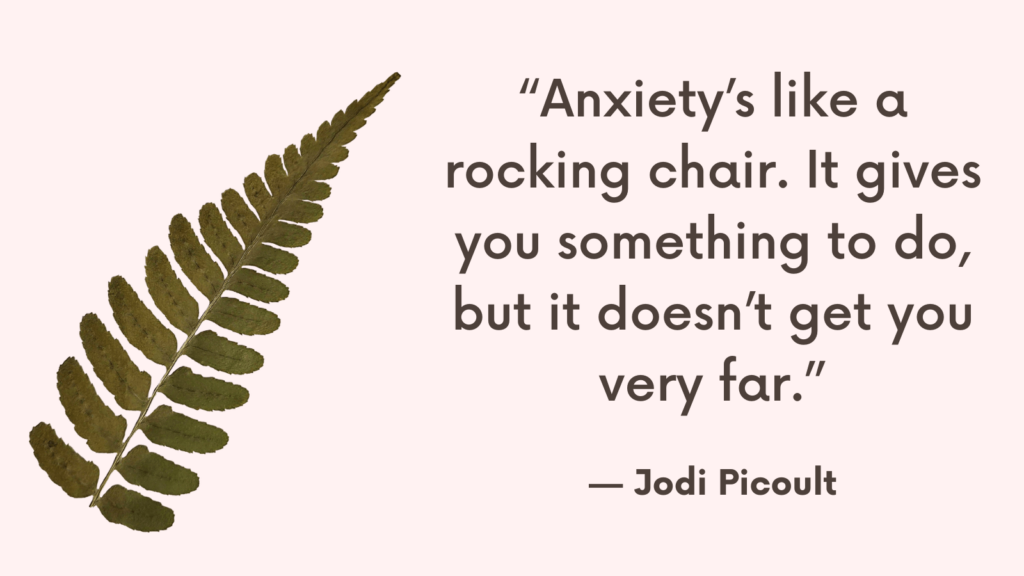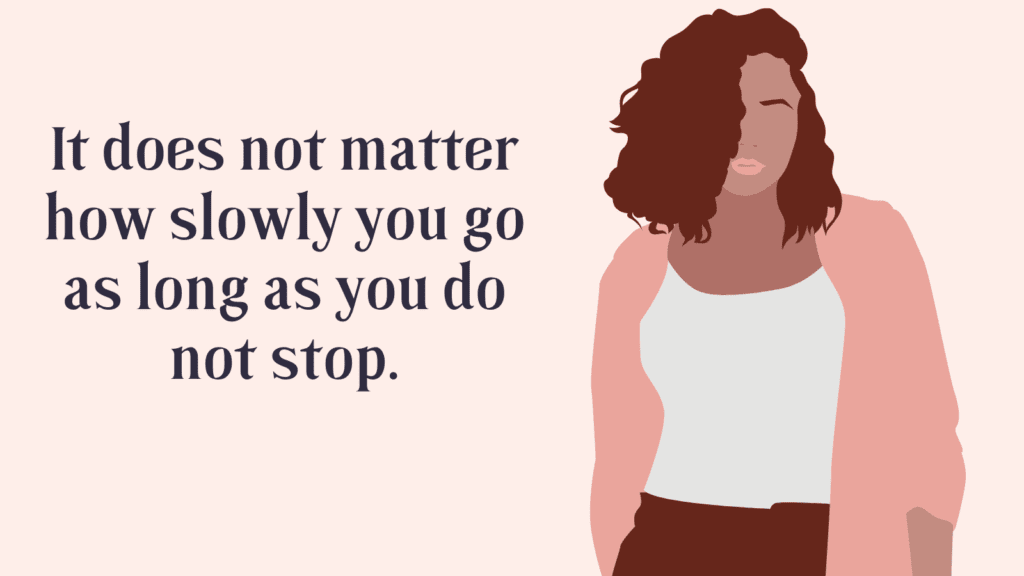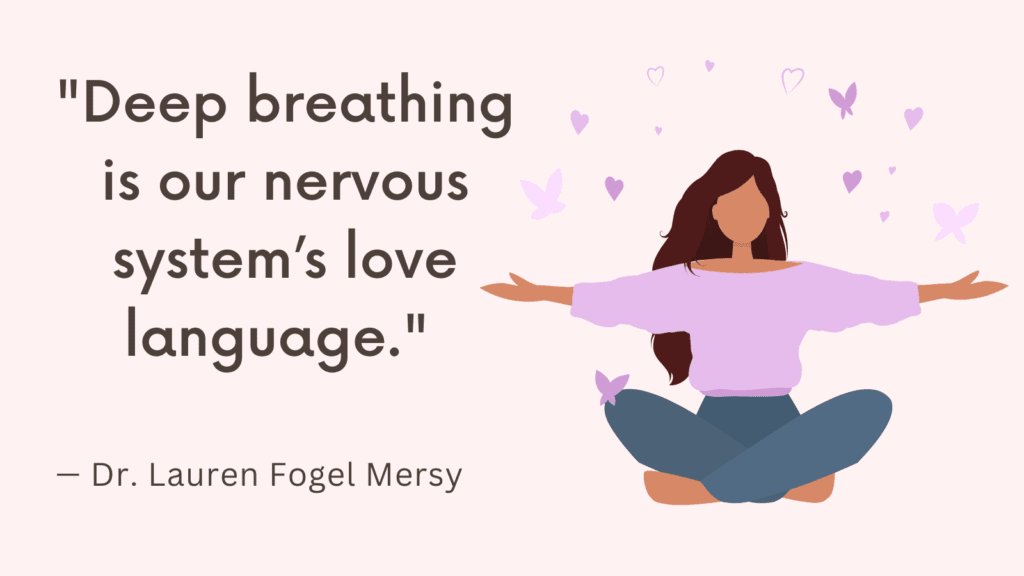In today’s fast-paced world, managing anxiety and recovering from trauma can be overwhelming. Many people are looking for effective ways to calm their minds and bodies.
The Voo Breath, also known as the foghorn breath, is one of the most powerful tools for managing anxiety and recovering from trauma.
This simple yet profound exercise can help activate the parasympathetic nervous system, promoting relaxation and reducing stress.
In this blog post, we’ll explore the science behind the Voo Breath, how to perform it, and why it can be a valuable addition to your self-care routine.
Understanding the Vagus Nerve
The vagus nerve is a crucial part of our body’s parasympathetic nervous system.
It’s the longest cranial nerve, extending from the brainstem down to the abdomen, and it plays a vital role in regulating several bodily functions, including heart rate, digestion, and respiratory rate.
When the vagus nerve is stimulated, it can help shift our bodies from a state of stress (sympathetic nervous system activation) to a state of relaxation and rest (parasympathetic nervous system activation).
Related: 9 Silent Panic Attacks Symptoms
The Science Behind Humming and the Voo Breath
People have used humming, chanting, and singing for thousands of years to work through emotions and soothe themselves.
Modern science now confirms that these practices can stimulate the vagus nerve, promoting relaxation and reducing stress.
When we hum or make certain sounds, the vibrations of our vocal cords stimulate the vagus nerve.
This can help regulate heart rate, promote relaxation, and increase the production of nitric oxide in the body, which improves blood flow and reduces inflammation.
What Is the Voo Breath?
The Voo Breath, or foghorn breath, is an exercise popularized by Peter Levine, a well-known expert in trauma recovery.
It involves taking a deep breath and then making a long, deep “voo” sound, similar to a foghorn.
This sound should come from deep within your gut, creating vibrations that stimulate the vagus nerve.
How to Perform the Voo Breath?
Here’s a step-by-step guide to performing the Voo Breath:
1. Find a Comfortable Position: Sit or lie down in a comfortable position. Ensure that your back is straight, and your body is relaxed.
2. Take a Deep Breath In: Inhale deeply, allowing the breath to fill your belly and chest.
3. Make the “Voo” Sound: As you exhale, make a deep “voo” sound from your gut. Aim to create a sound similar to a foghorn. The vibration should come from your belly and resonate through your body.
4. Feel the Vibration: Focus on the vibration created by the sound. This vibration stimulates the vagus nerve, promoting relaxation.
5. Repeat the Process: Continue the cycle of deep breaths and “voo” sounds for several minutes. You can do this for as long as it feels comfortable.
6. Rest and Reflect: After a few minutes, stop and rest. Pay attention to any thoughts, feelings, images, or sensations that arise. Place a hand over any area where you notice sensations to help ground yourself.
Here are some questions to consider during your reflection:
– How do you feel physically and emotionally after practicing the Voo Breath?
– Did any particular thoughts or memories come up during the exercise?
– What sensations did you notice in your body, and where did you feel them?
– How did the vibrations affect your sense of relaxation and calm?
Related: Best 10 Panic Attack Books
Benefits of the Voo Breath
The Voo Breath offers several benefits, particularly for those dealing with anxiety, trauma, or chronic stress:
– Activating the Parasympathetic Nervous System: This exercise helps switch your body from a state of fight-or-flight to a state of rest and digest, promoting overall relaxation.
– Reducing Stress and Anxiety: By stimulating the vagus nerve, the Voo Breath can help lower stress levels and reduce anxiety.
– Improving Emotional Regulation: The vibrations and deep breathing involved in the Voo Breath can help process and release stored emotions, aiding in emotional regulation.
– Emotional Release and Processing: The deep vibrations and focused breathing can help bring suppressed emotions to the surface, allowing them to be acknowledged and released. This process can be particularly beneficial for those recovering from trauma, as it helps clear emotional blockages and promotes healing.
Related: Half-Smiling Technique to Reduce Emotional Distress
Incorporating the Voo Breath into Your Routine
To get the most out of the Voo Breath, consider incorporating it into your daily routine. Here are a few tips:
– Morning Practice: Start your day with a few minutes of the Voo Breath to set a calm and centered tone for the day ahead.
– Midday Break: Use the Voo Breath during a midday break to reset and recharge, especially if you’re feeling stressed or overwhelmed.
– Evening Wind-Down: Practice the Voo Breath in the evening to help unwind and prepare for a restful night’s sleep.
– During Stressful Moments: Whenever you feel anxiety or stress creeping in, take a moment to perform the Voo Breath to help calm your nervous system.
Related: How to Stop “What If” Anxiety Thinking?

Conclusion
The Voo Breath is a powerful tool for managing anxiety, stress, and trauma recovery.
By stimulating the vagus nerve, it helps activate the parasympathetic nervous system, promoting relaxation and reducing stress.
This simple yet effective exercise can be easily incorporated into your daily routine, providing immediate and long-term benefits for your mental and physical health.



